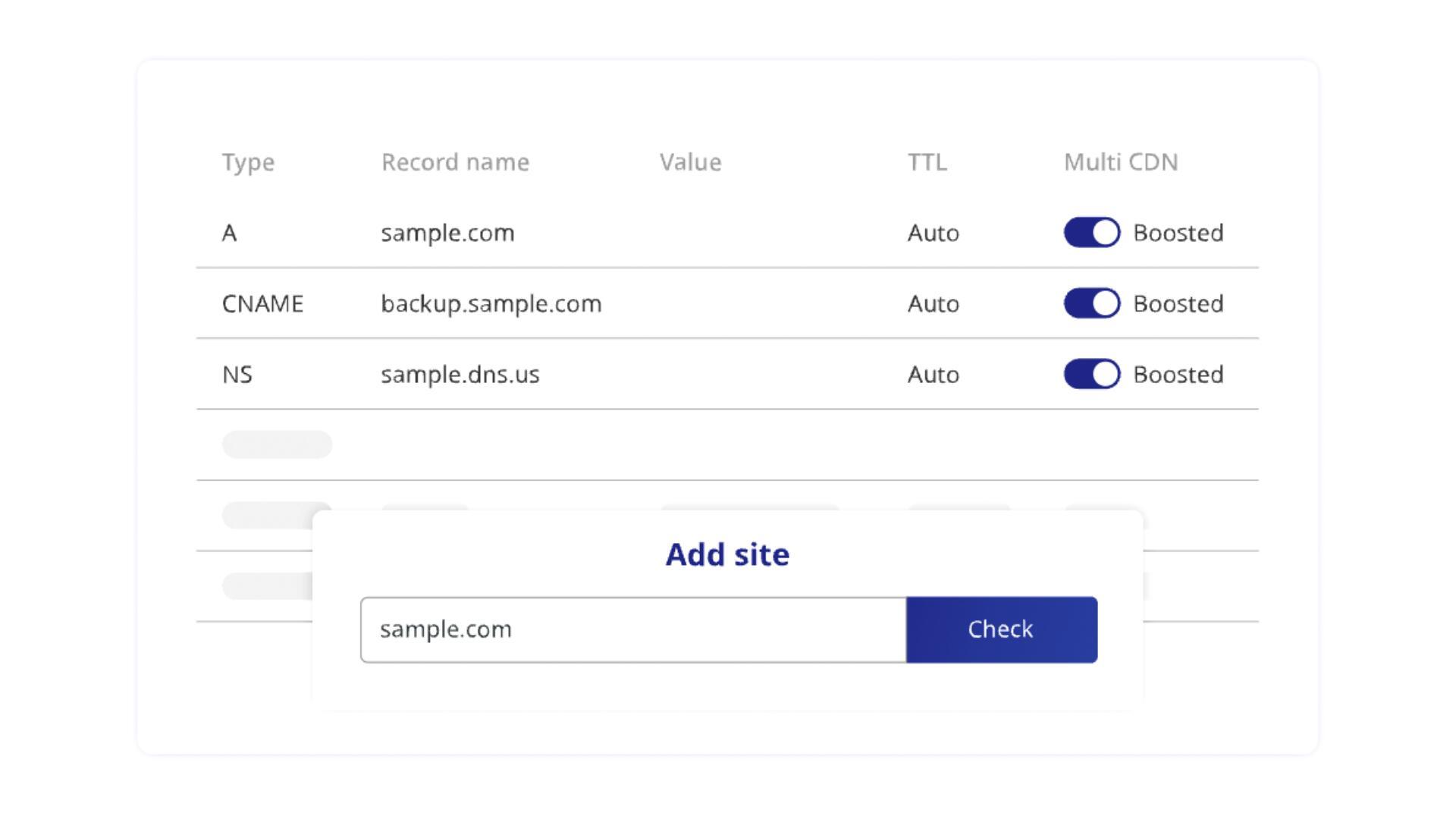What is DNS Flood?
Domain Name System (DNS) servers are considered the “directory” of the Internet. They are places where internet devices (computers, phones, etc.) can look up the addresses of specific web servers. DDoS DNS Flood is a type of distributed denial of service attack that floods the DNS servers of a particular domain, rendering it unable to resolve DNS for that domain. The system cannot look up the address to make a call to a specific resource.
This type of DDoS attack will destroy the DNS system’s ability to resolve IPs. It affects the responsiveness of the website, API or web application. DNS Flood attacks are often difficult to distinguish from normal heavy traffic. The reason is that most of the traffic is sent from many places, they query the real records on the domain, and they are exactly the same as the legitimate traffic.
How does DDoS DNS Flood work?

The function of the domain name system is to translate between the domain name (e.g. vnetwork.vn) and the hard-to-remember address of the website server (e.g. 192.168.0.1), hence the attack on the DNS infrastructure renders the Internet unusable. DDoS attacks with DNS Flood are growing rapidly with the participation of high-bandwidth Internet of Things (IoT) botnets (typically Mirai).
DNS Flood attacks use high-bandwidth connections from IP cameras, DVR boxes, and other IoT devices to overwhelm DNS servers. The volume of requests from IoT devices overwhelms DNS providers’ services and prevents legitimate users from accessing DNS servers.
In addition, there is another type of DDoS DNS attack is the DDoS by DNS amplification attack (DNS amplification attack). Hackers take advantage of the functional feature of DNS (response results with high traffic) to perform this type of attack. They use devices with small bandwidth connections to make small requests to poorly secured DNS servers. When the DNS system responds with an extremely large number of results, the hacker will forge the receiving address of the victim they want to target. This type of attack makes it easy for hackers to take down large targets with only small attack resources.

How to effectively fight DDoS DNS Flood
The most common way to combat attacks like DNS Floods is to use a large, highly distributed DNS system that can monitor, respond to, and intercept DDoS attack traffic in real-time. Here are some specific ways to protect your business against DNS Flood attacks:
- Make sure the DNS resolver is private: It is recommended to limit DNS usage to internal network users, to prevent the DNS cache from being hacked.
- Use an Anti-DDoS service: no matter where your DNS servers are, they can still be subject to DDoS attacks. To prevent DNS DDoS Flooding, use a reliable Anti-DDoS service.
- Use a patch management solution: this is a pretty effective way to prevent DDoS DNS Flood. Since hackers often take advantage of vulnerabilities and loopholes in software, you need to run patches regularly.
- Use a dedicated DNS server: Some businesses often host a DNS server along with an application server, but this makes the possibility of DNS flooding DDoS attacks higher. Therefore, businesses should host DNS services on a separate server.
- Check DNS: Regularly checking DNS zones will provide insight into DNS-related vulnerabilities, allowing you to understand what needs to be addressed.
If your business is interested in experiencing VNIS solution, please reach out to us via our hotline: (028) 7306 8789 or contact@vnetwork.vn or email to sales@vnetwork.vn for expert support and consultation.
